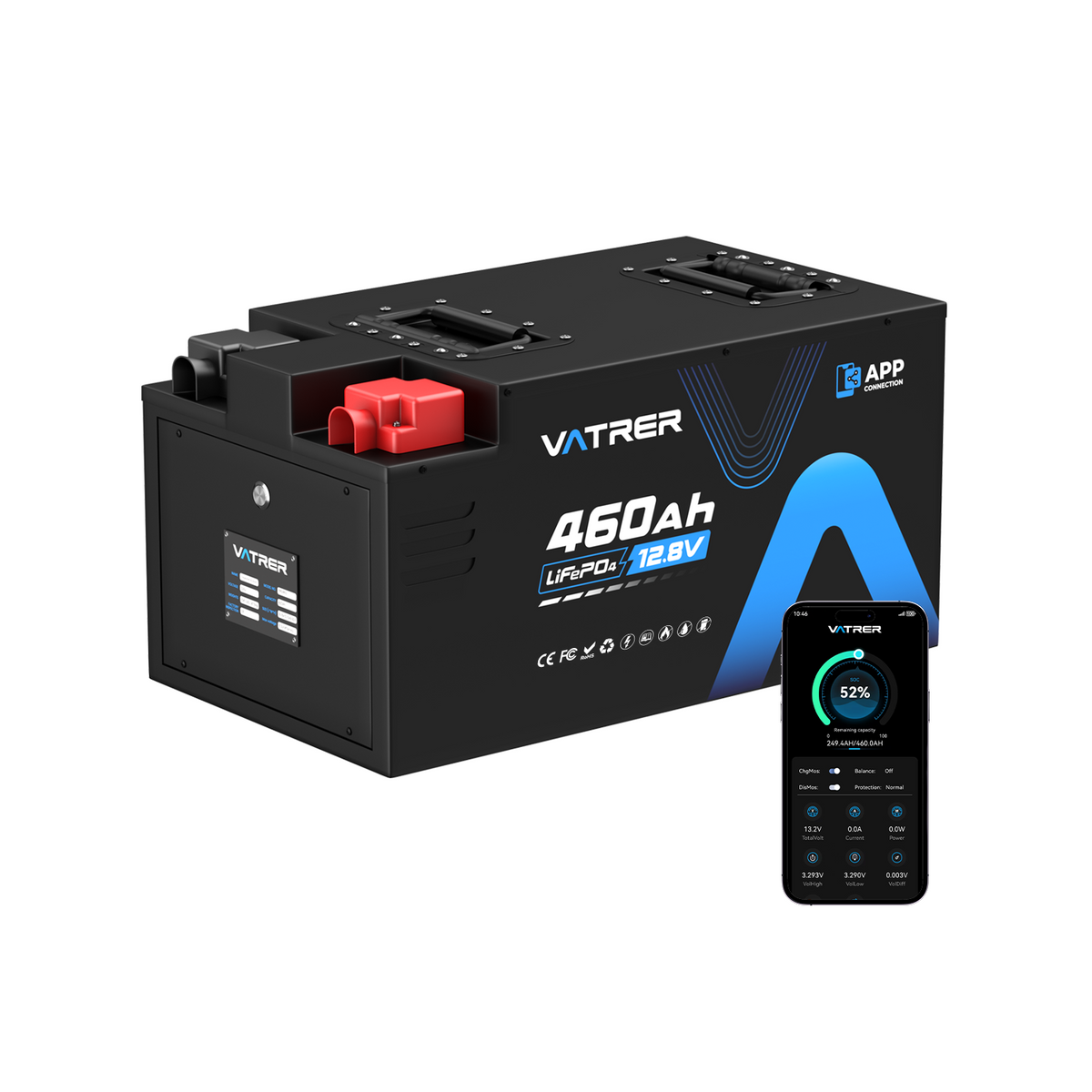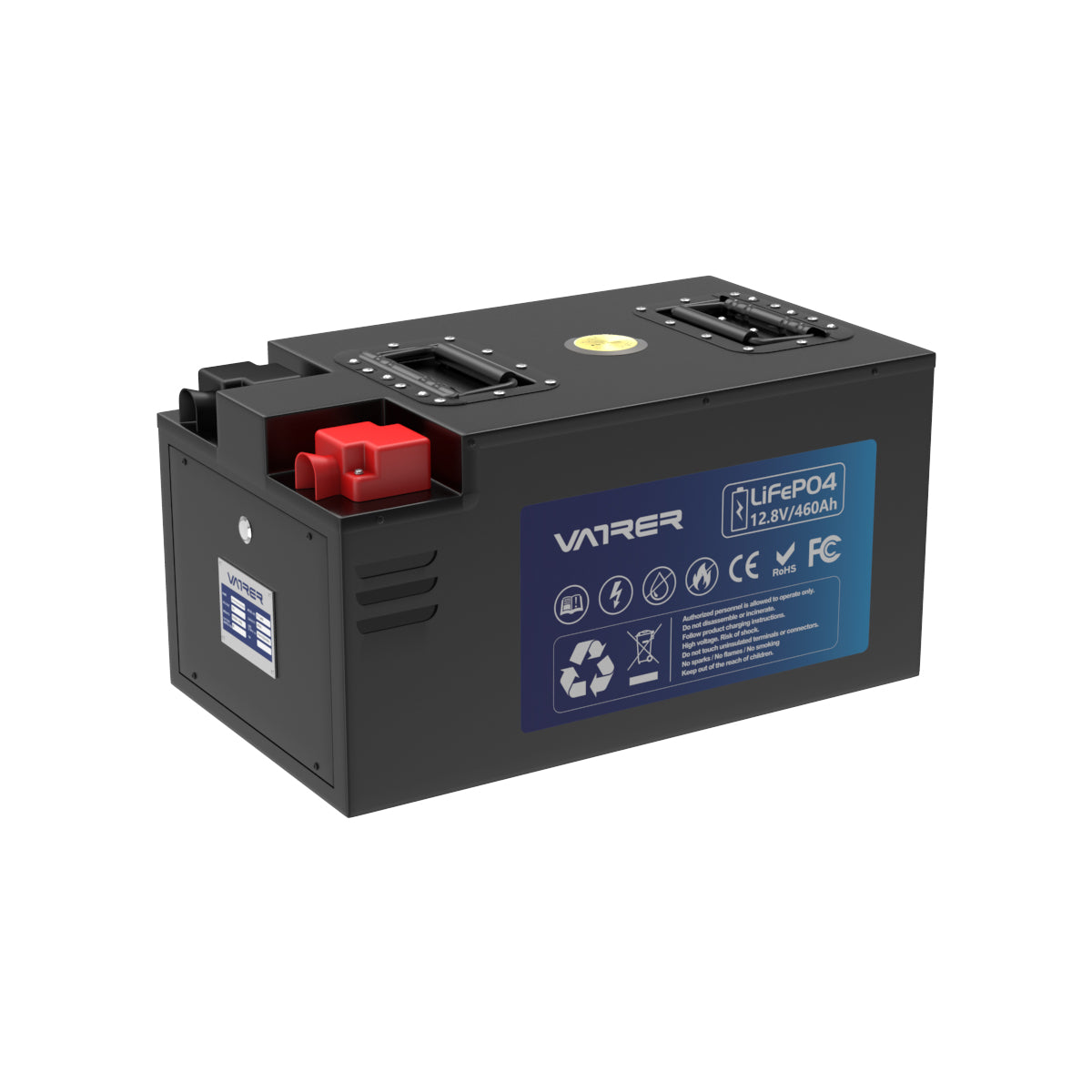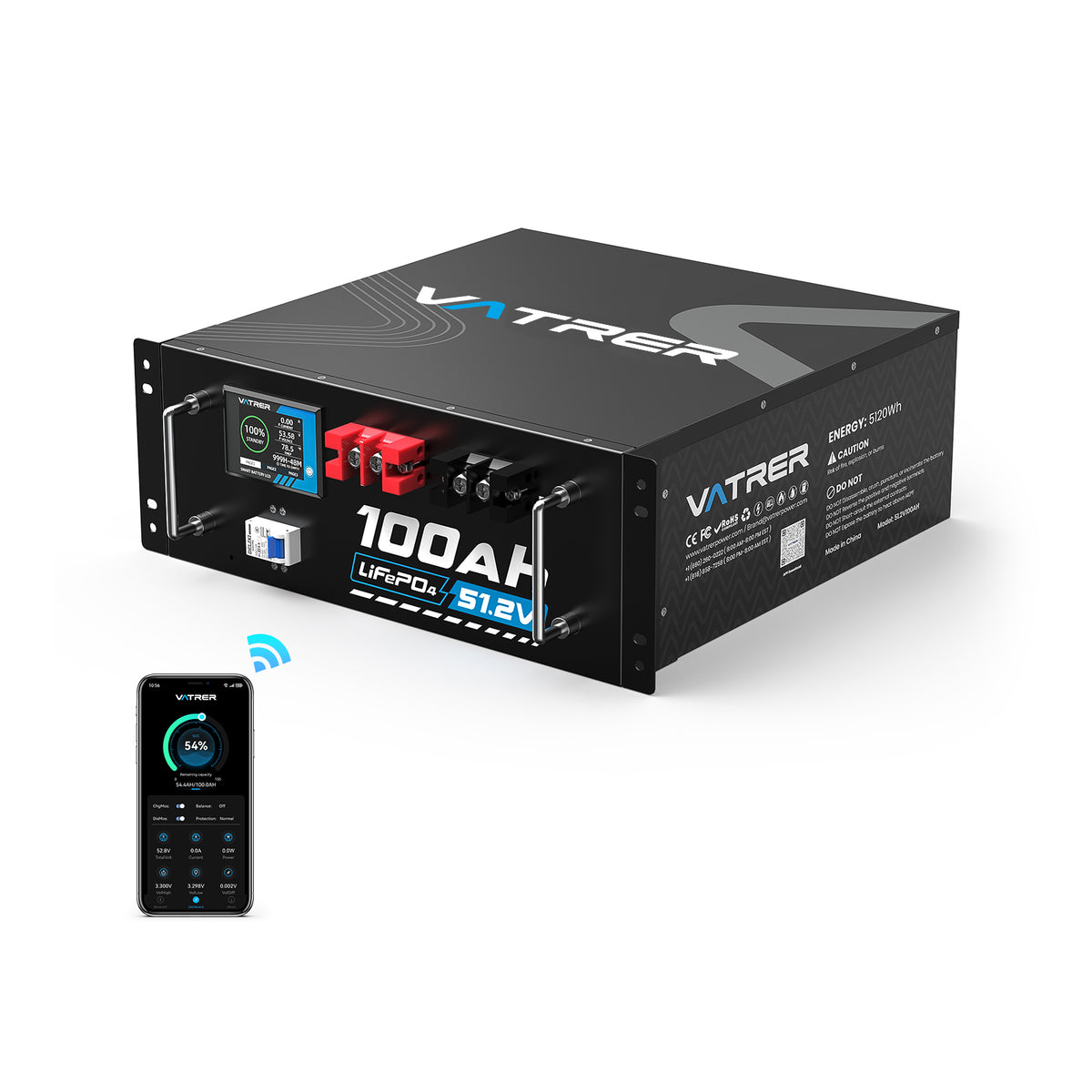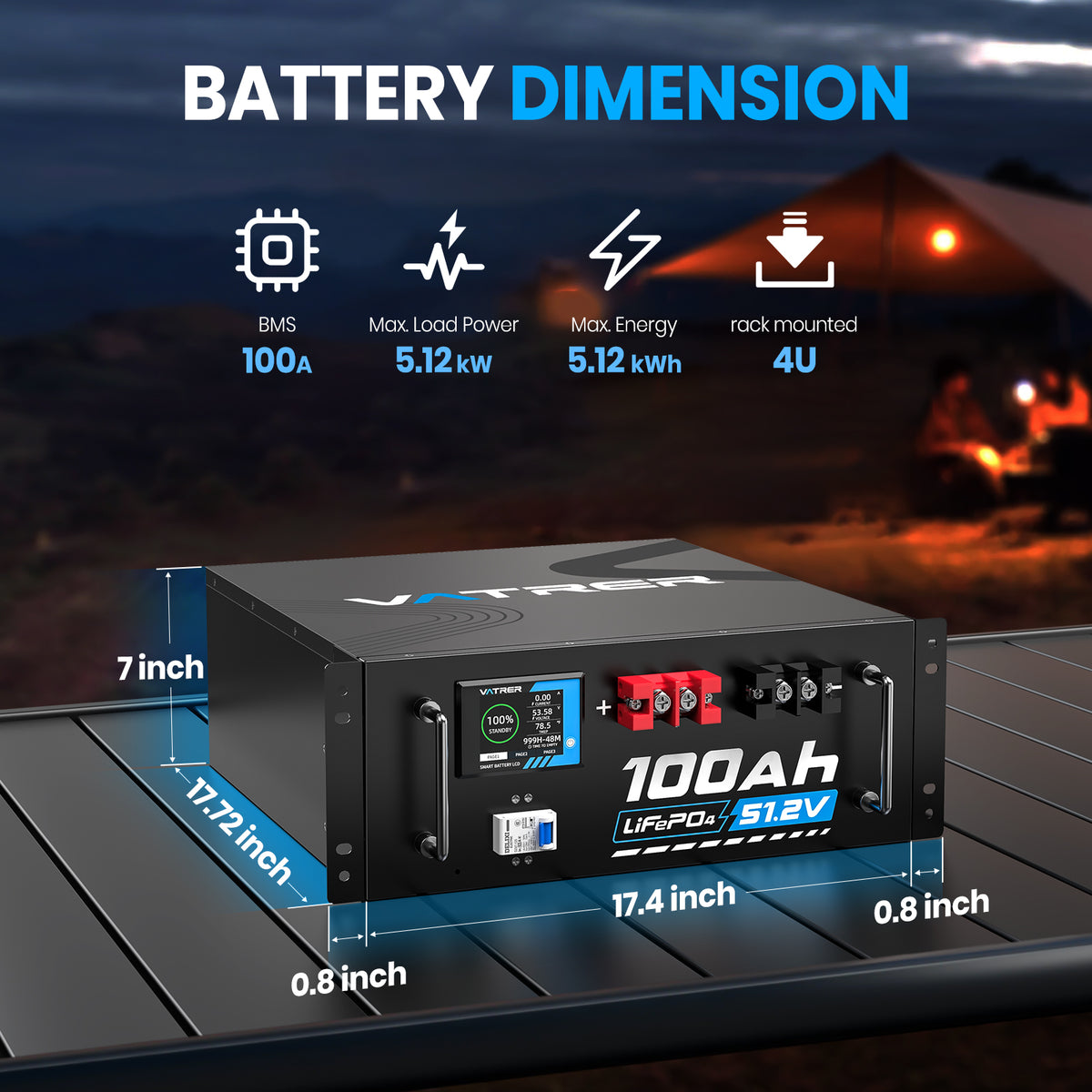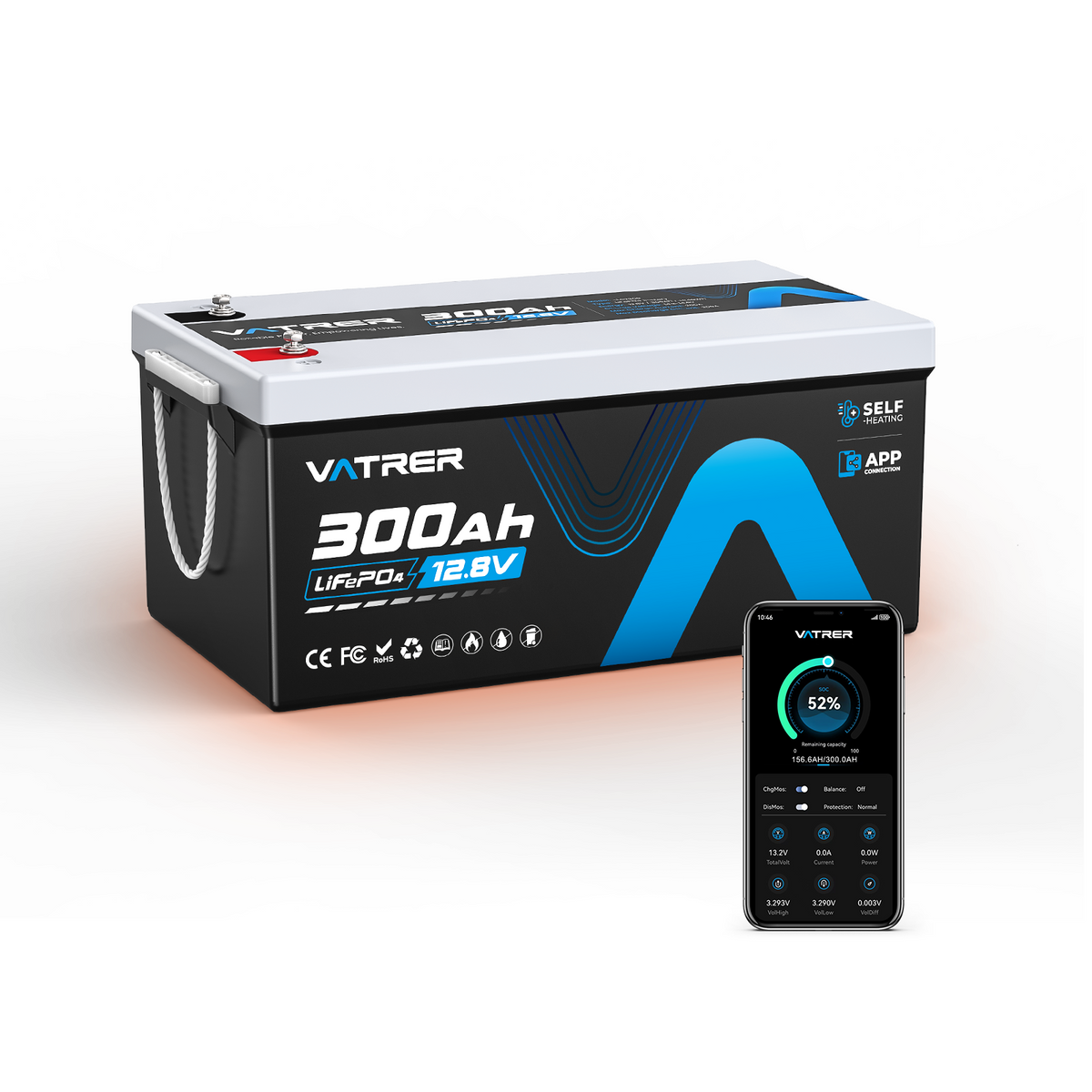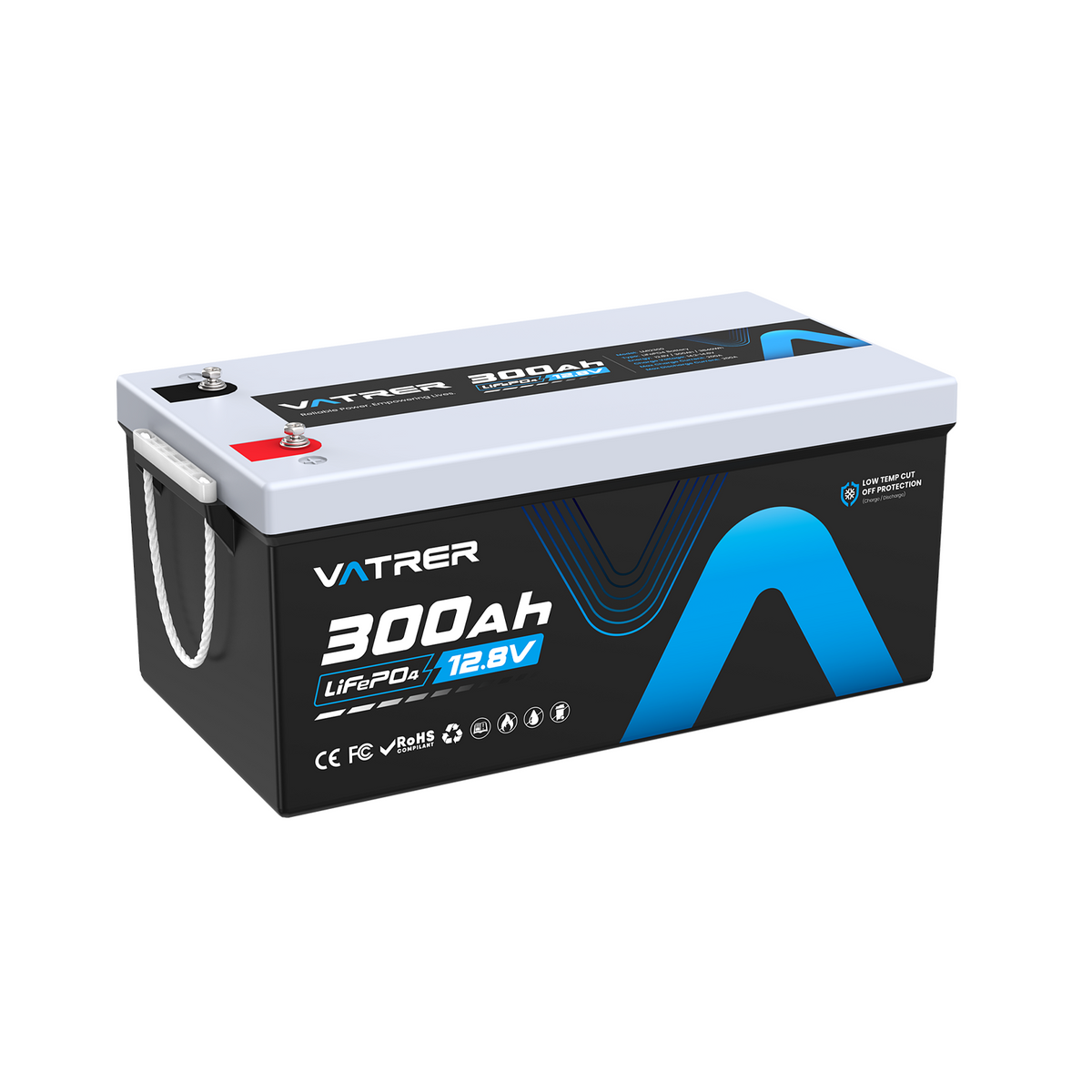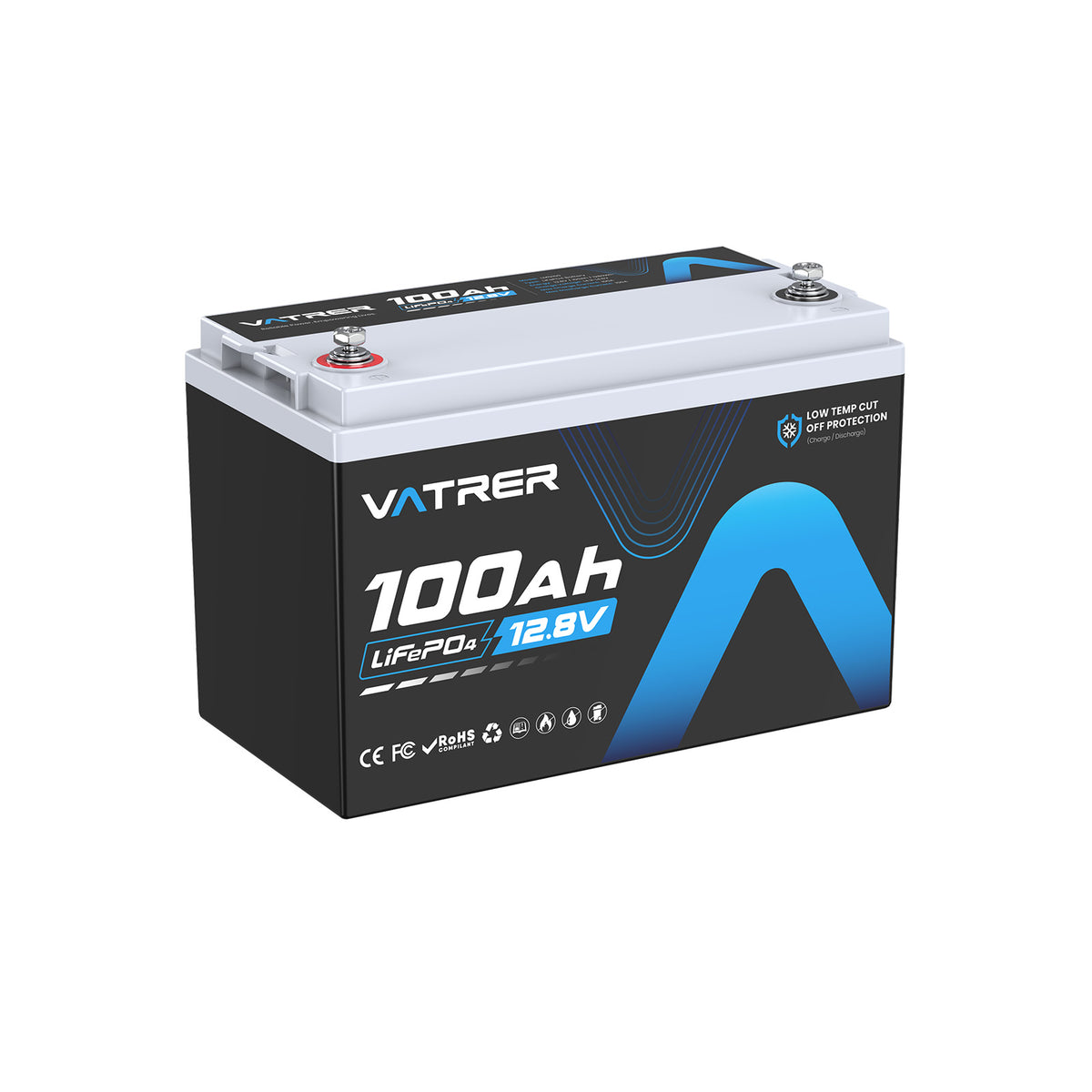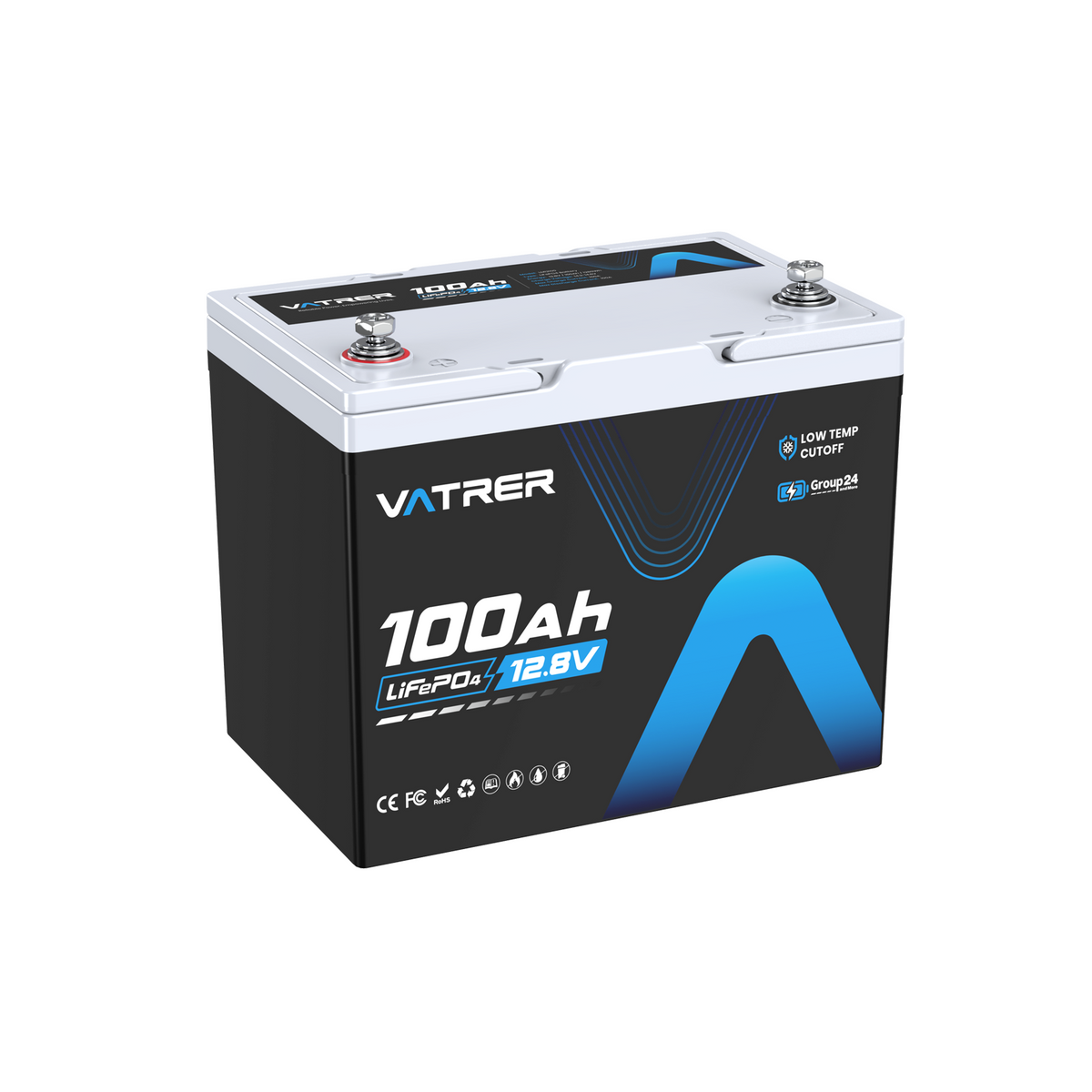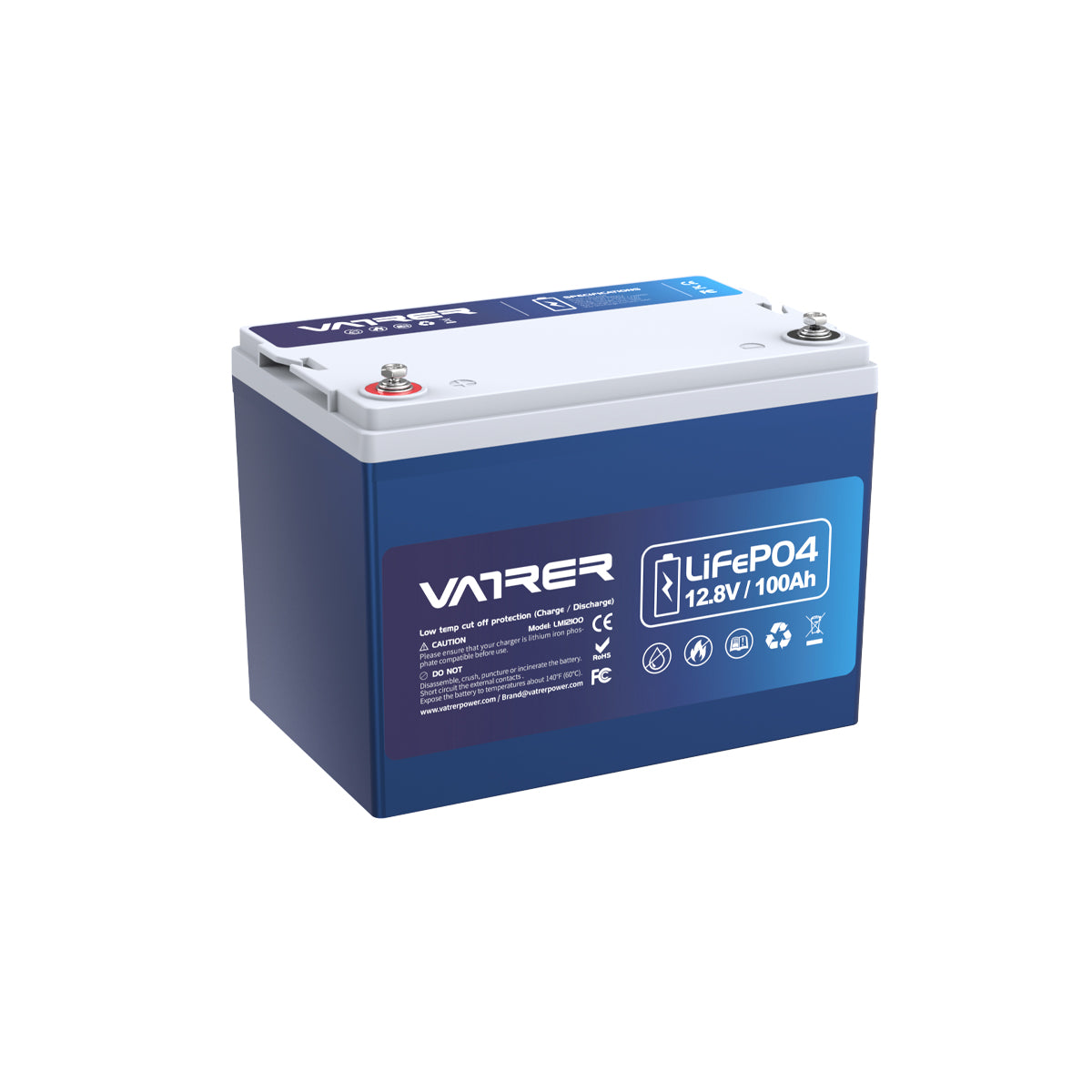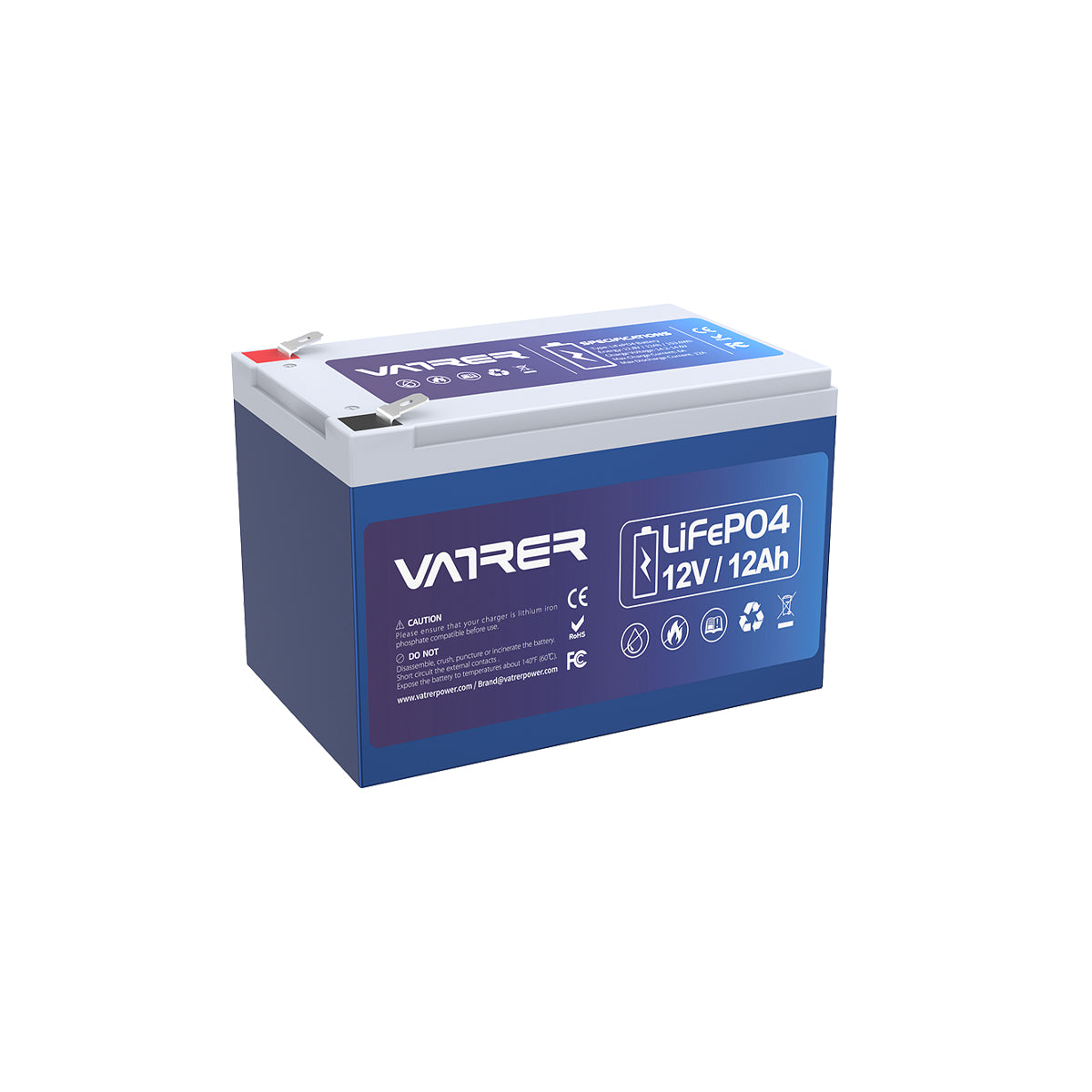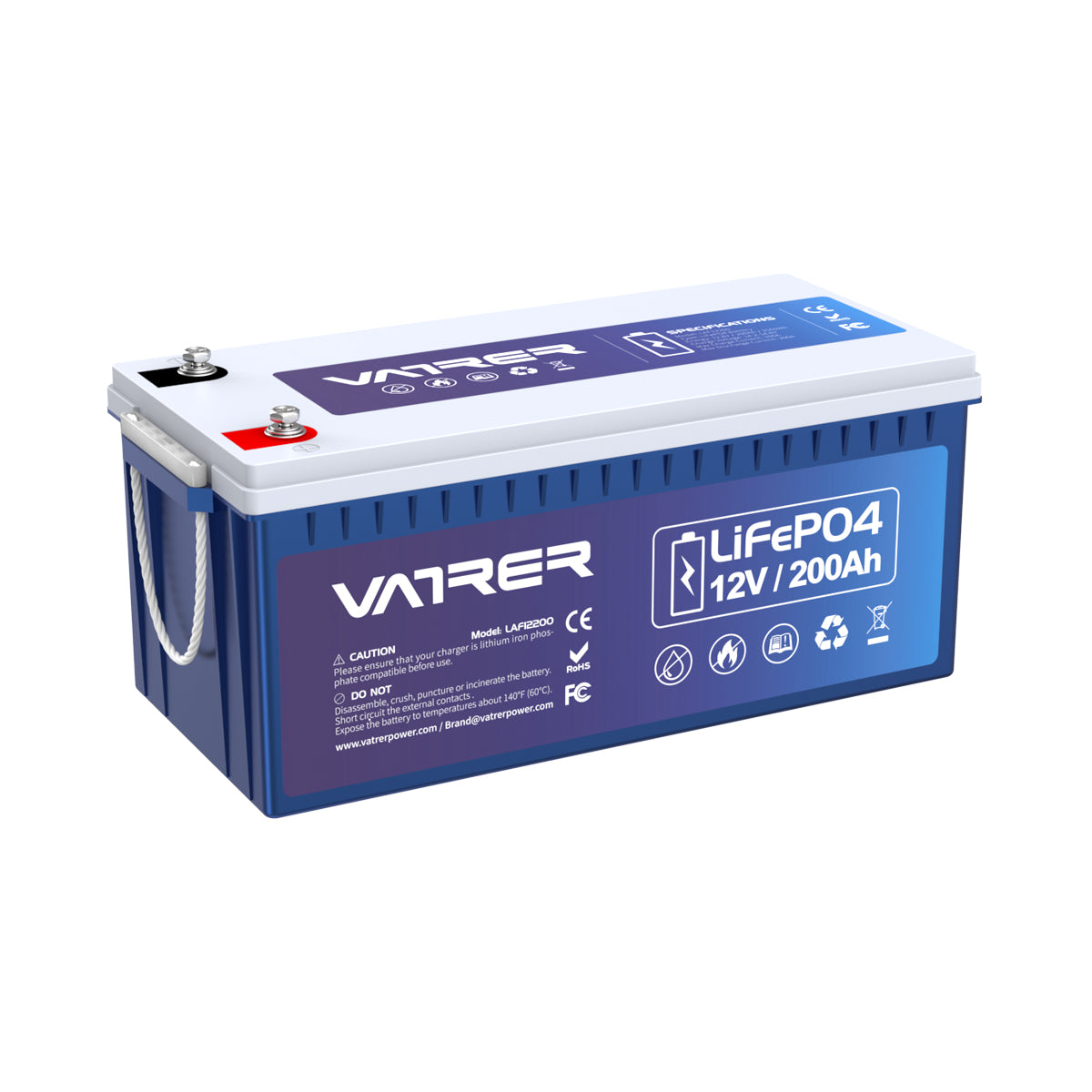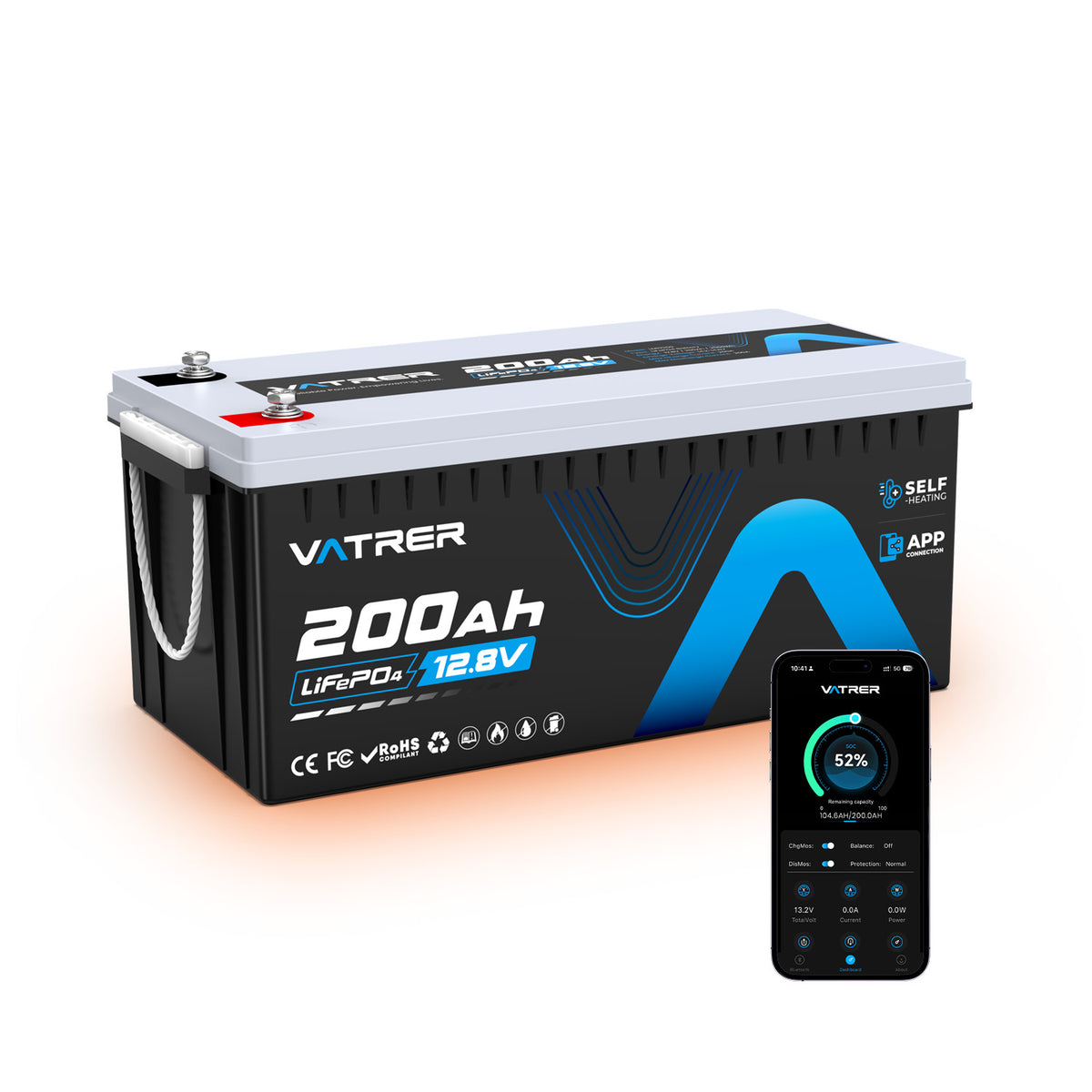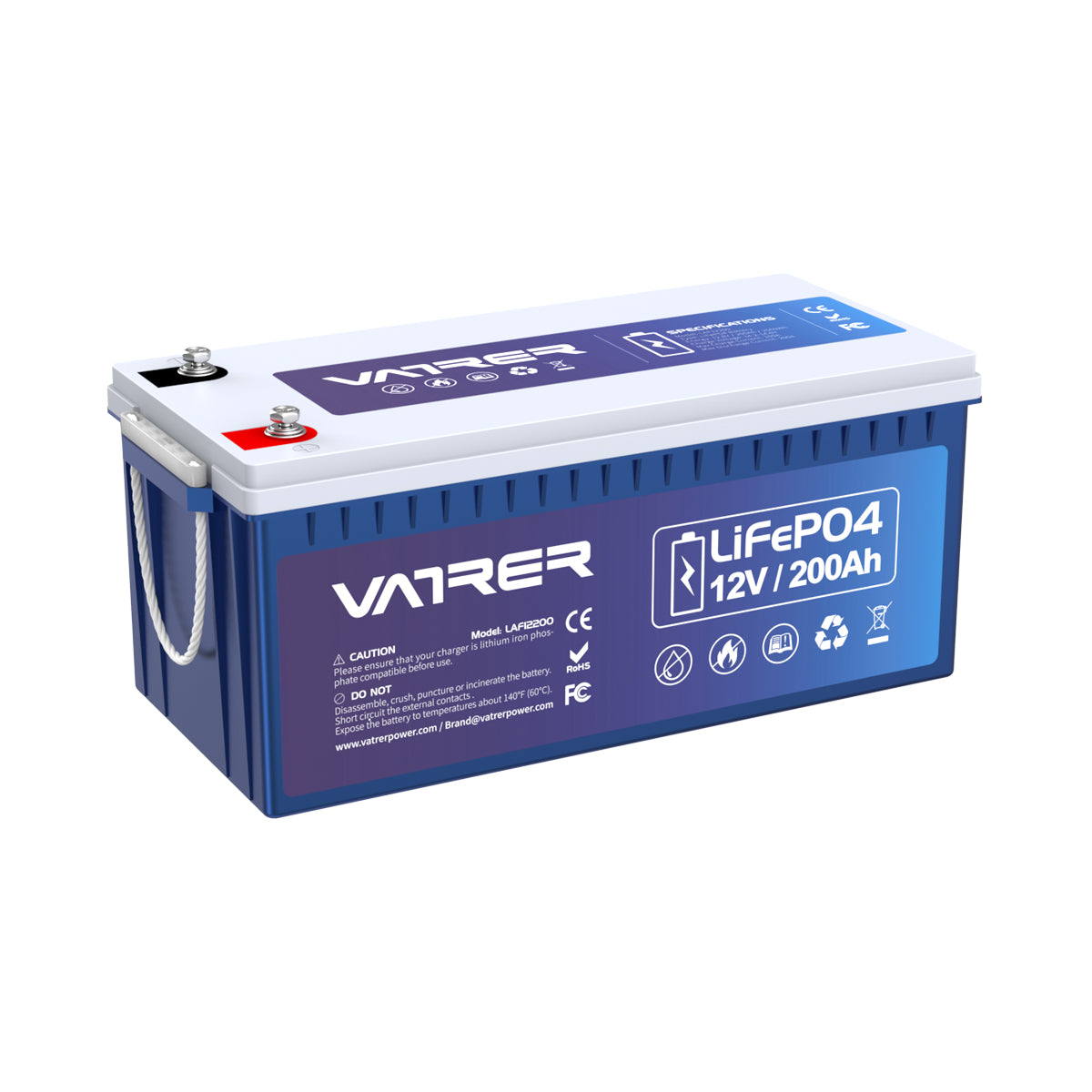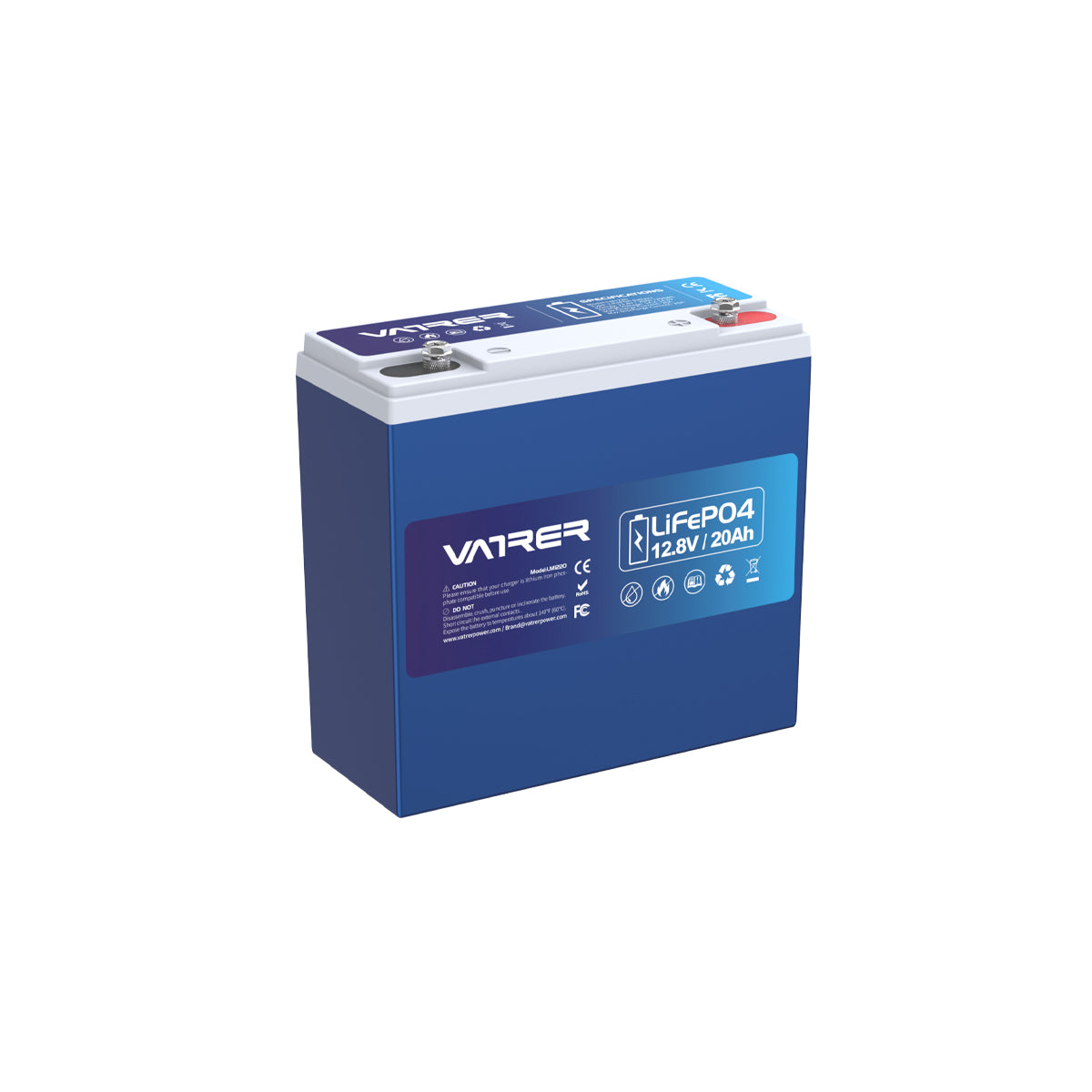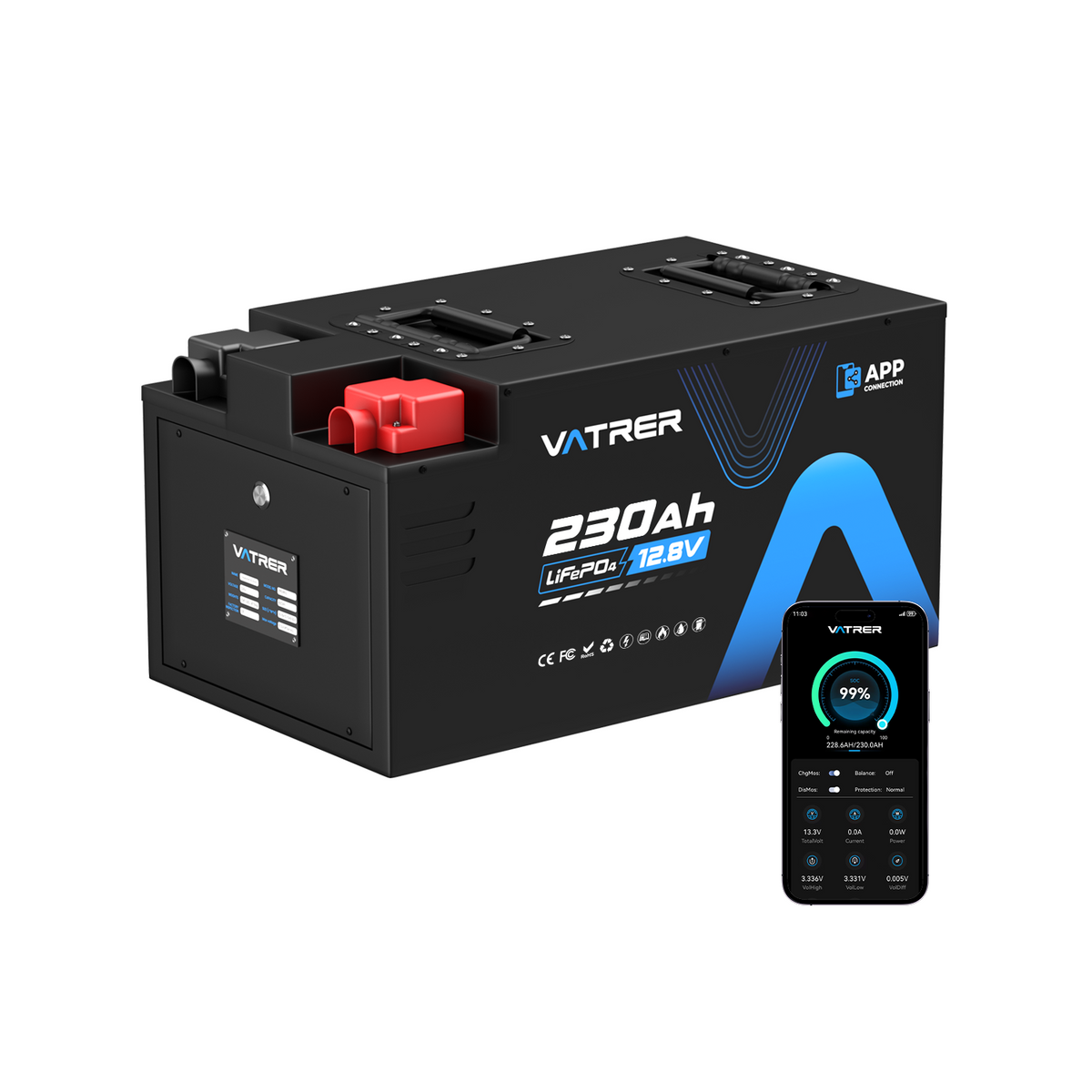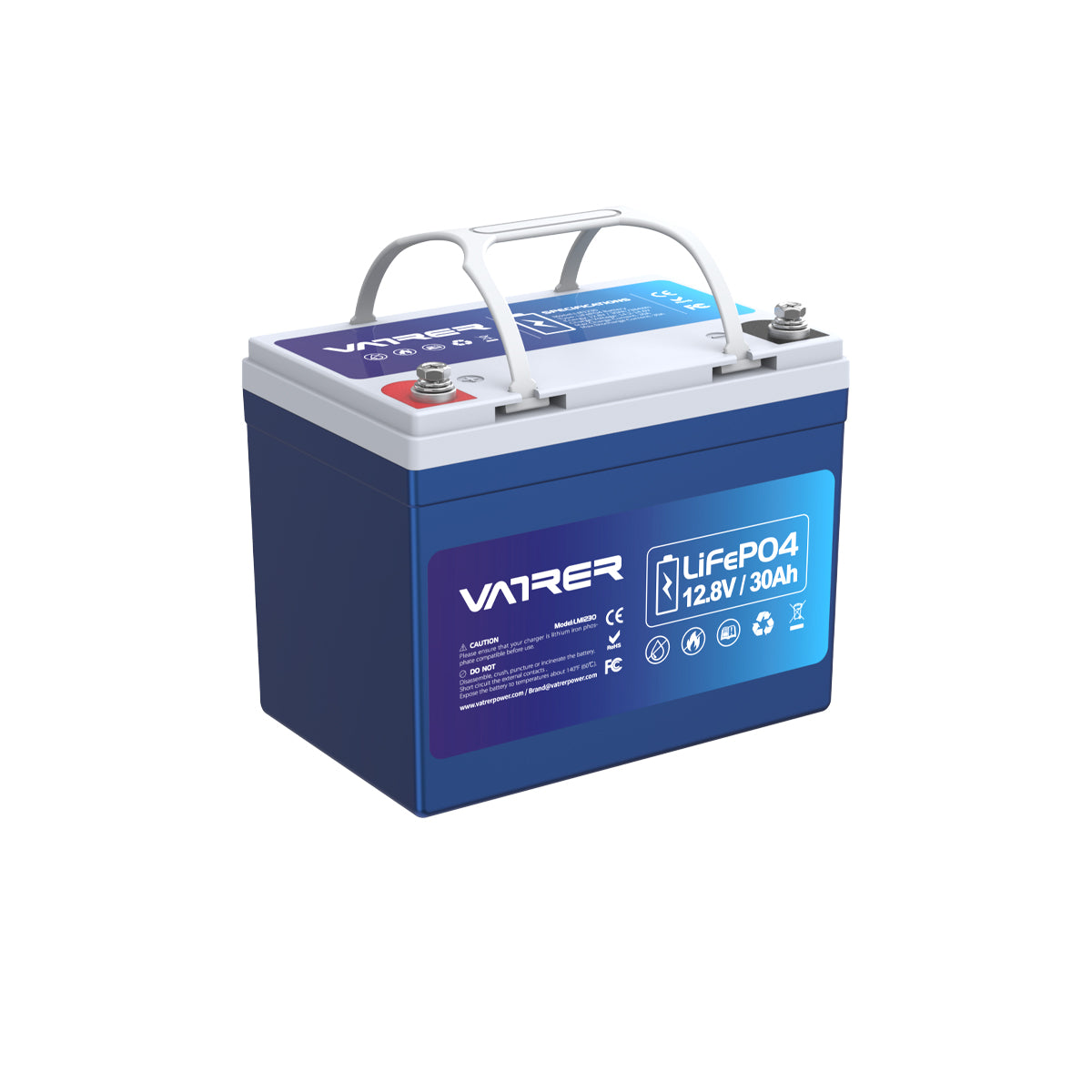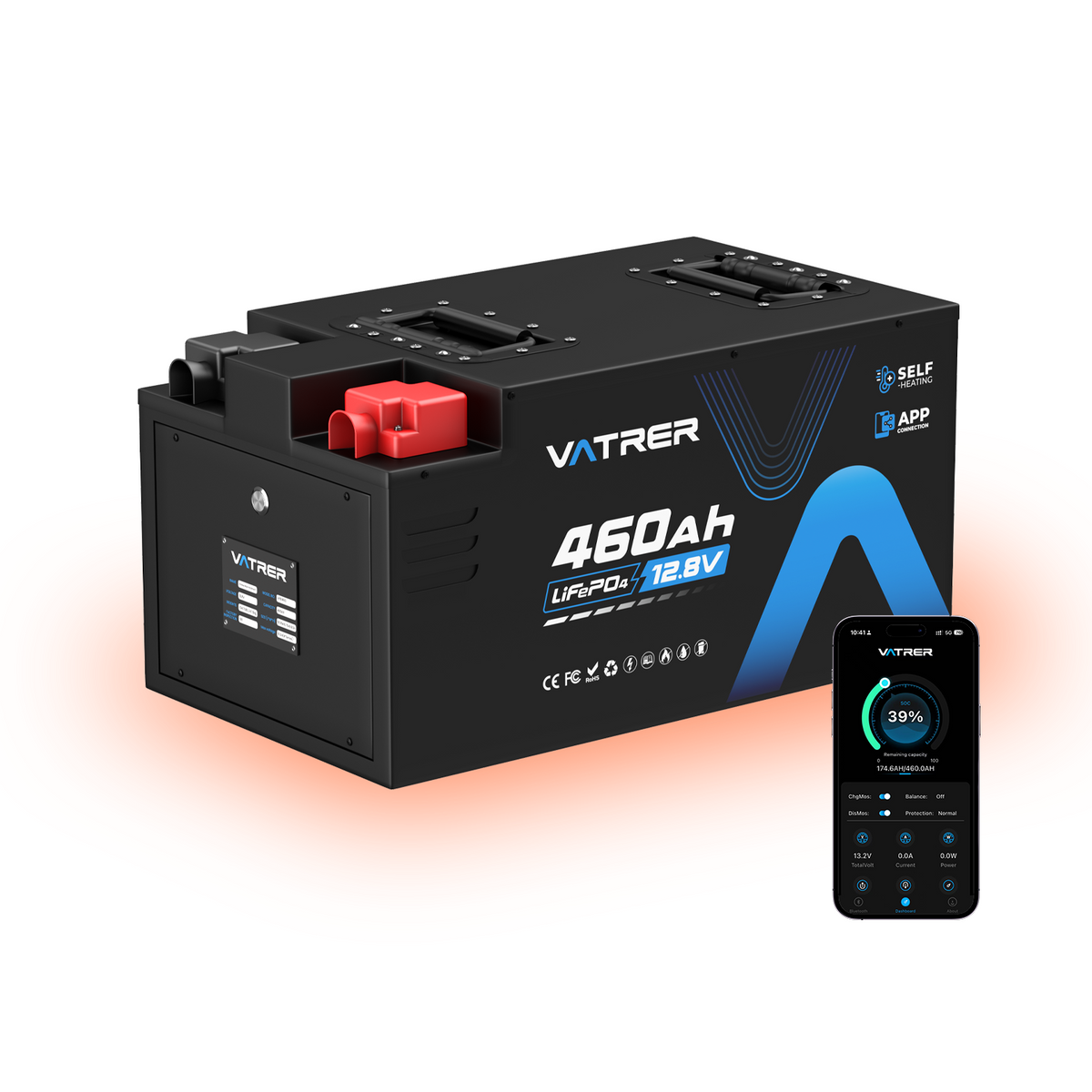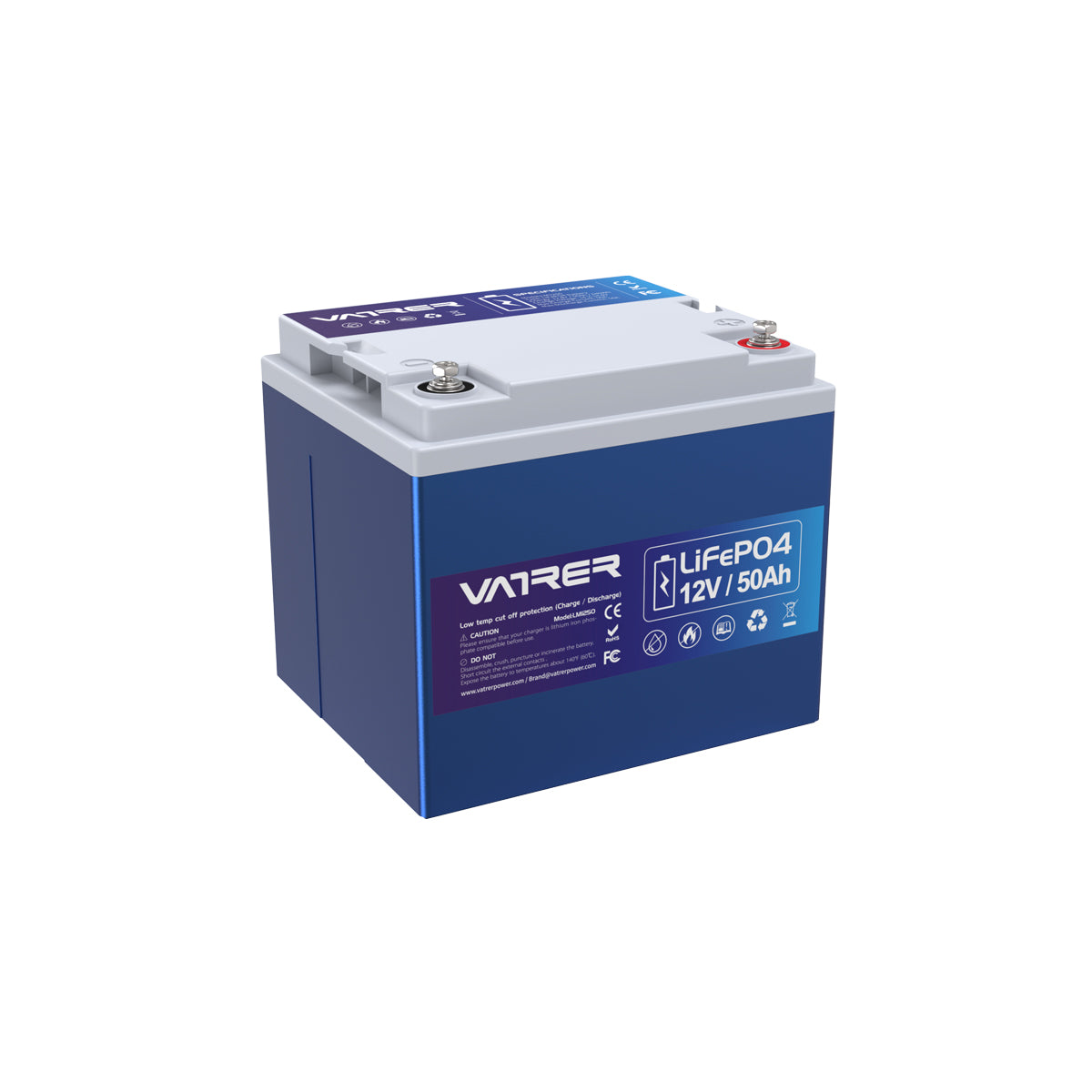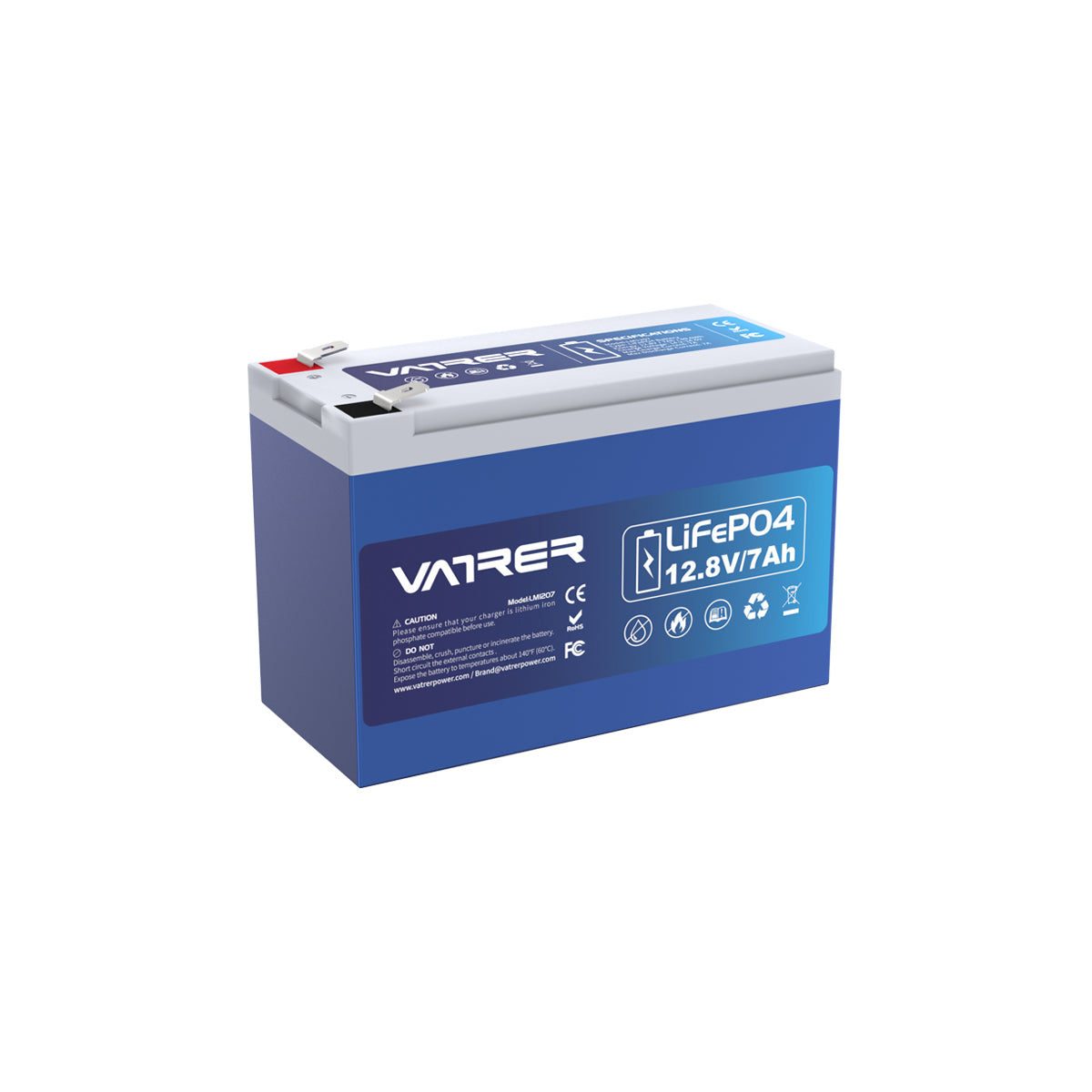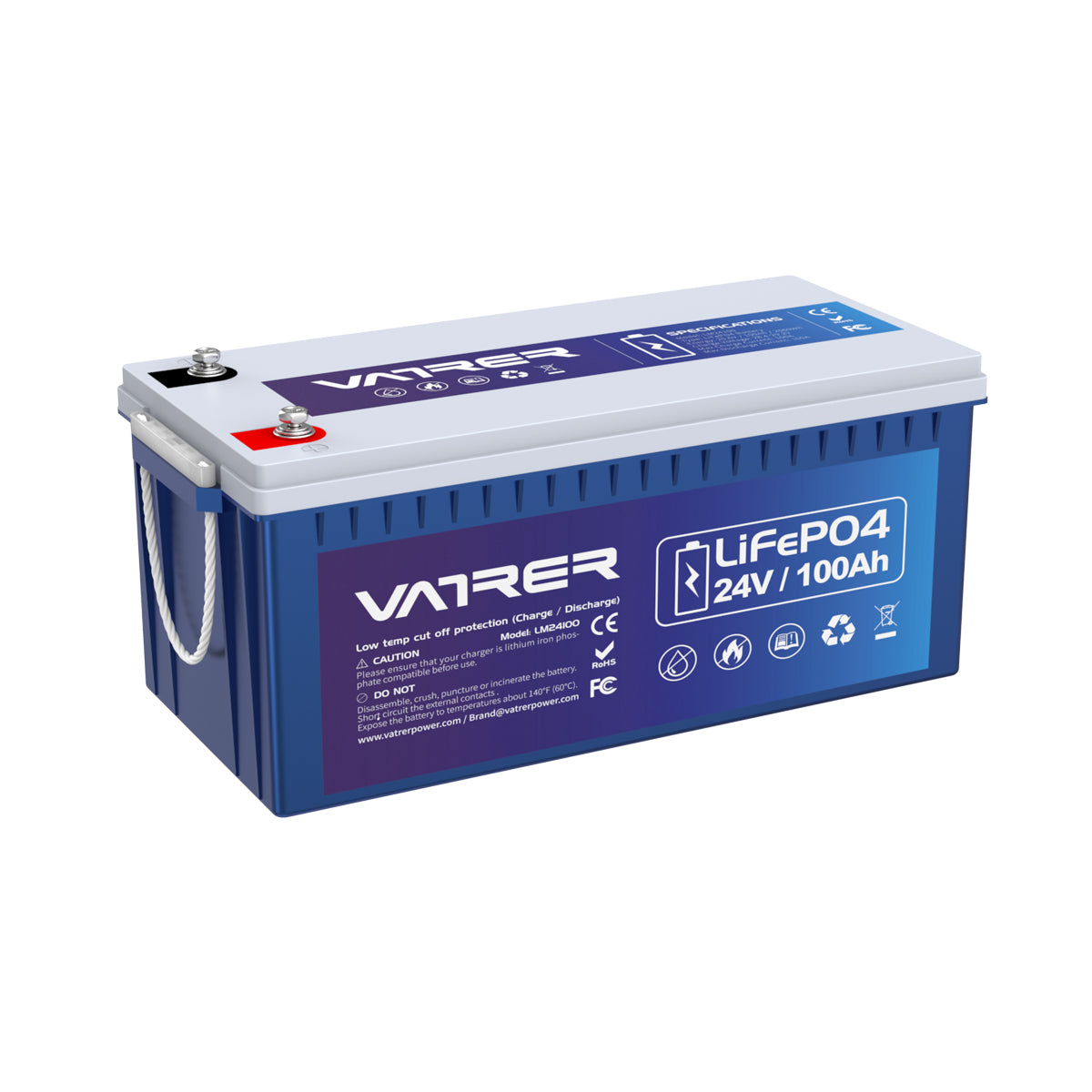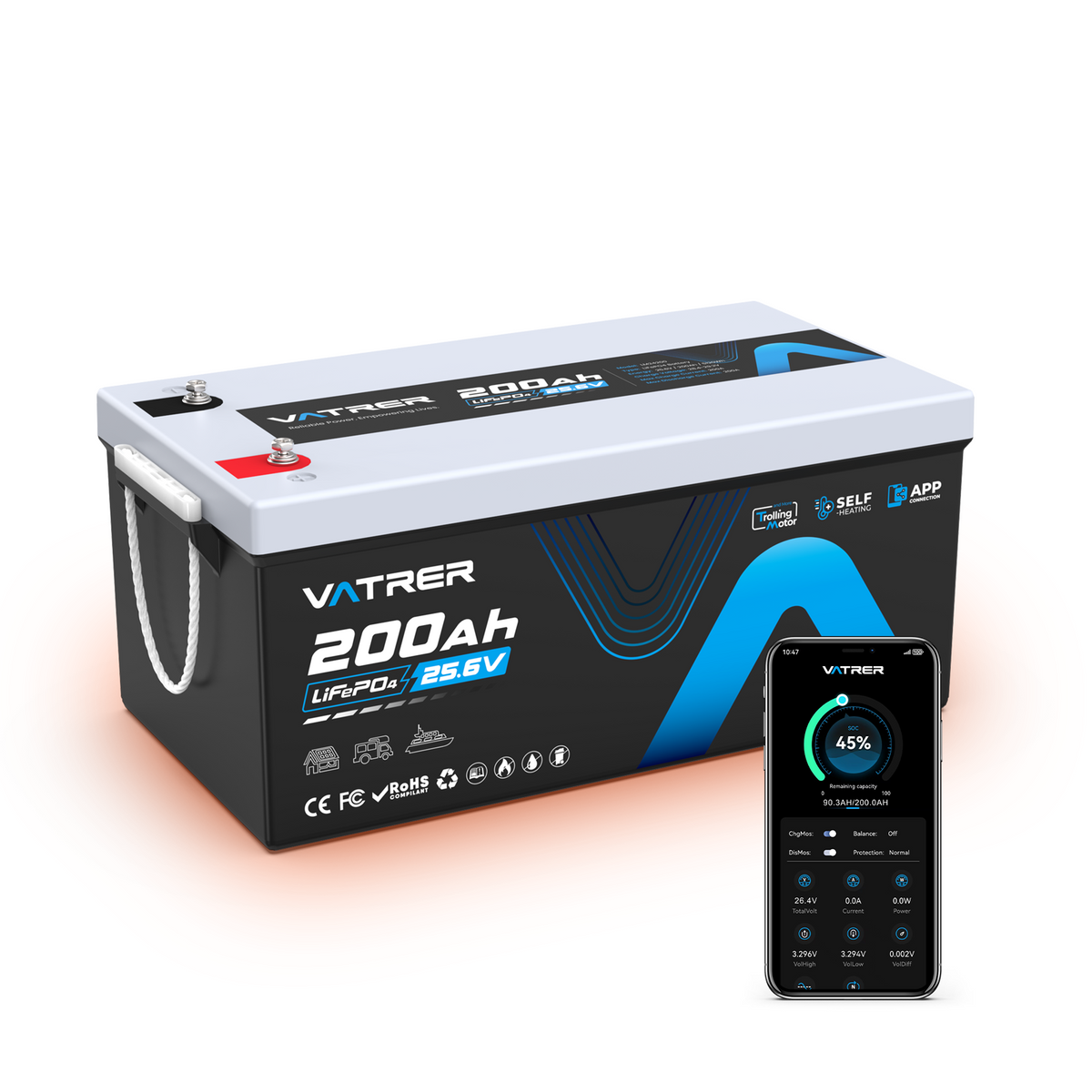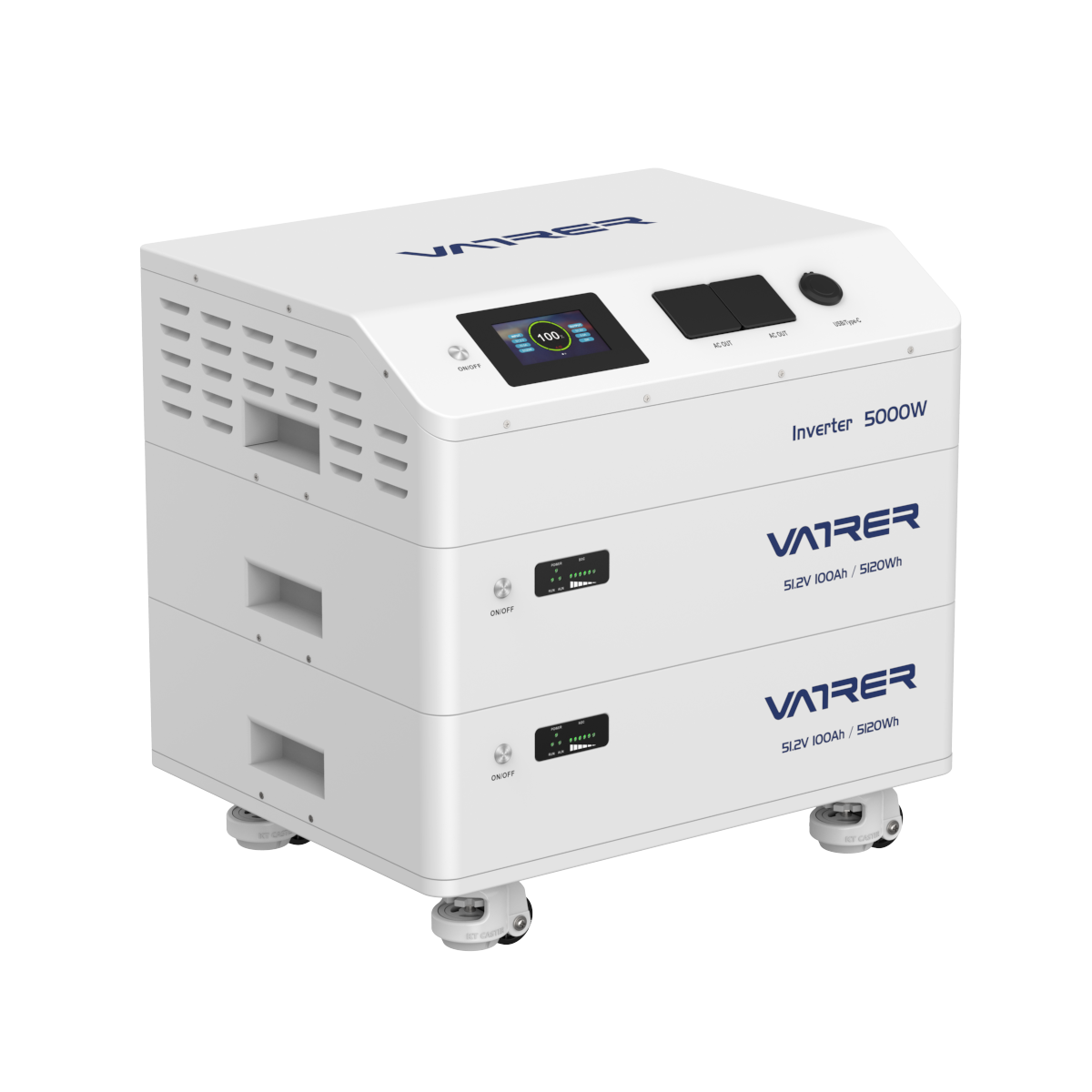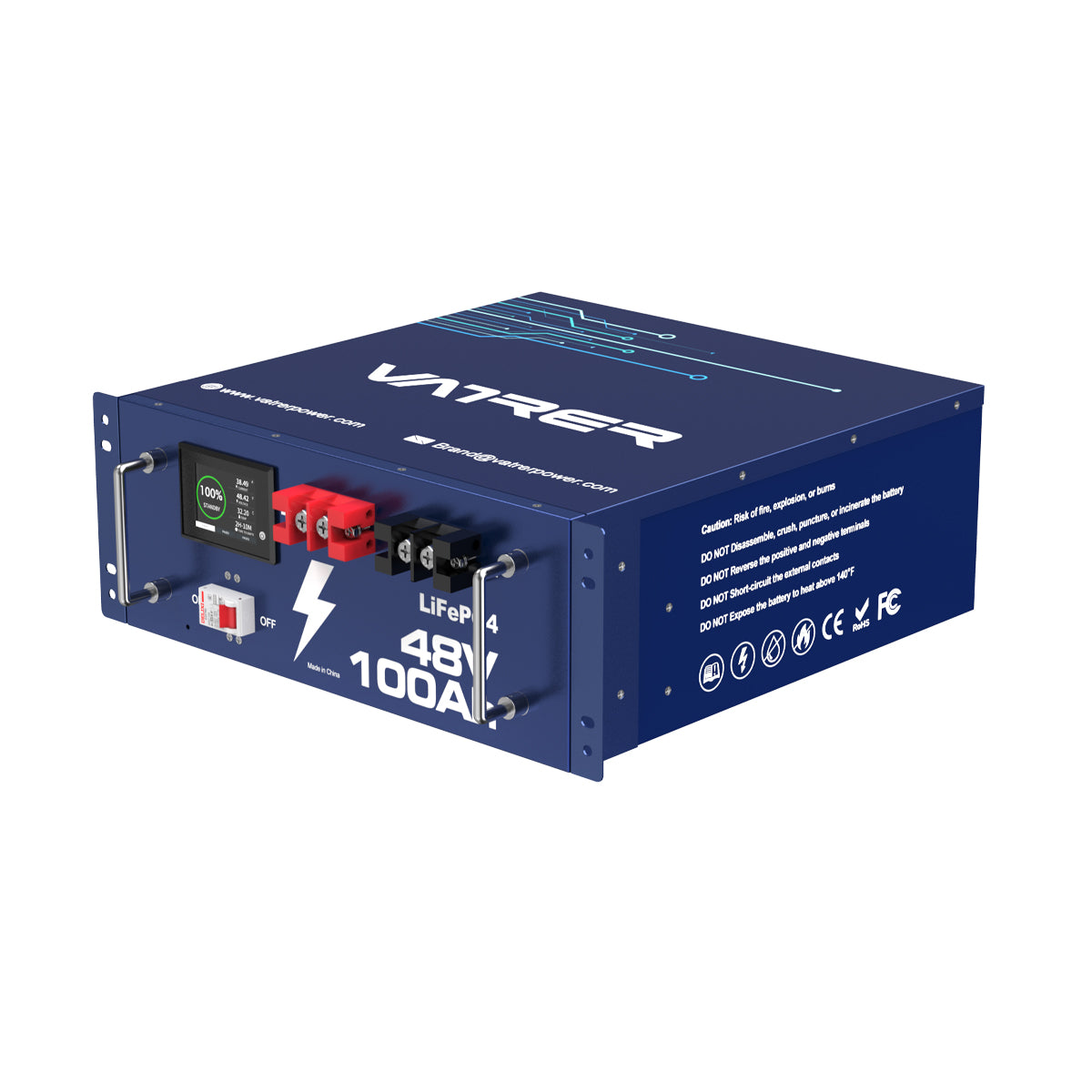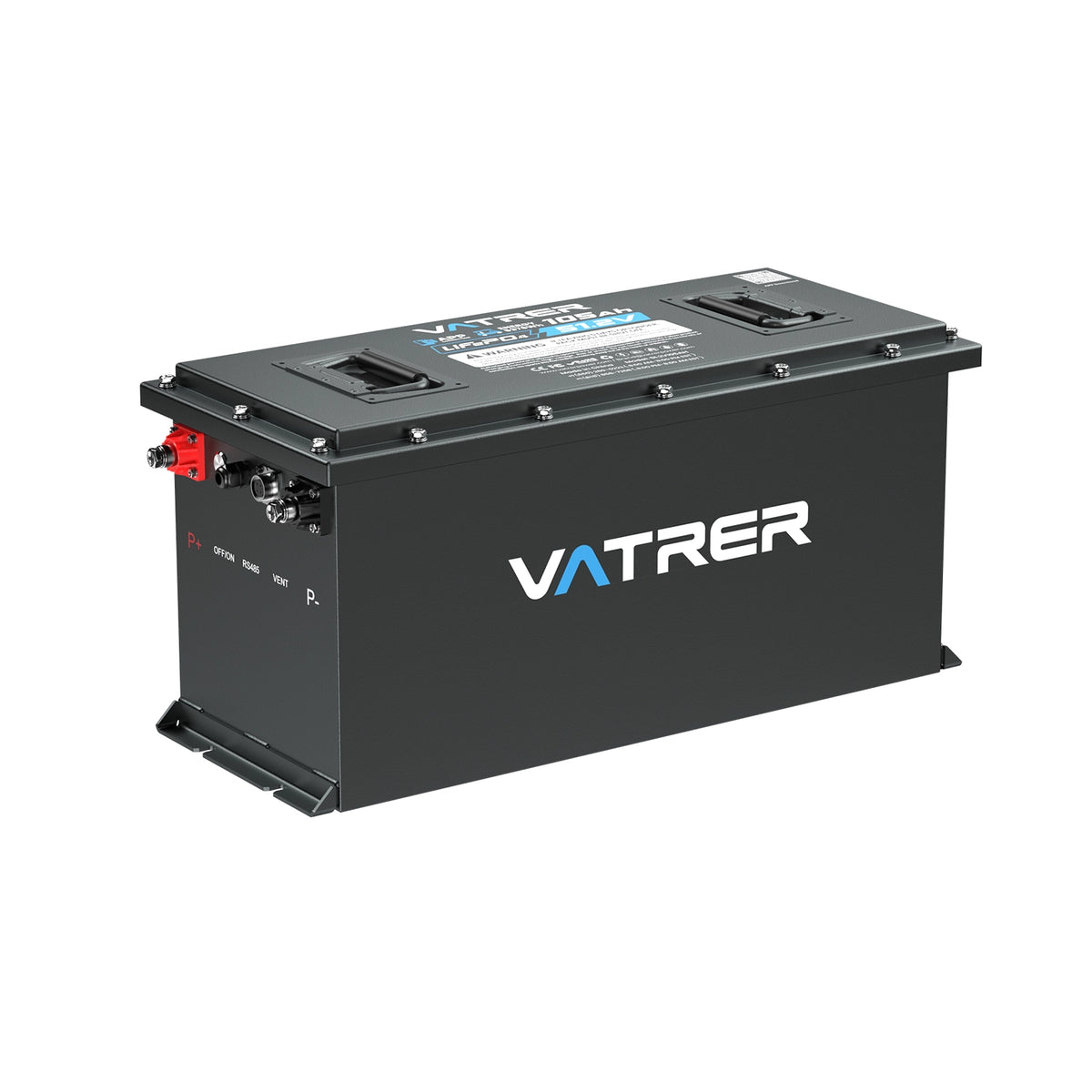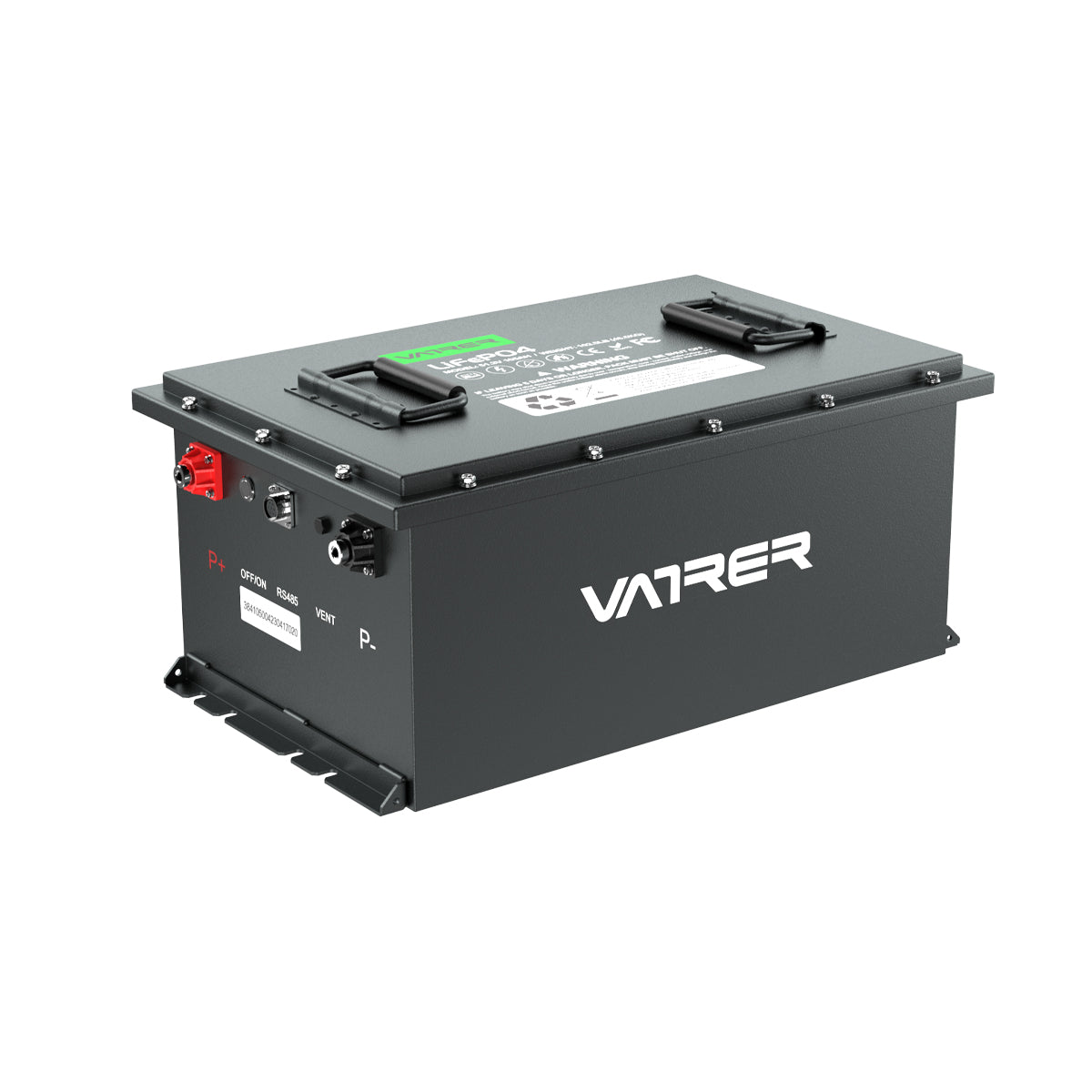Table of Contents
- Understanding Four-Wheeler Batteries
- Types of Four-Wheeler Batteries
- 1. Lead-Acid Batteries
- 2. Absorbent Glass Mat (AGM) Batteries
- 3. Lithium-Ion Batteries
- 4. Gel Batteries
- How to Choose the Right Battery for Your Four-Wheeler
- Maintenance Tips for Four-Wheeler Batteries
- 1. Regular Inspections
- 2. Monitor Electrolyte Levels
- 3. Keep the Battery Charged
- 4. Temperature Considerations
- Conclusion
Four-wheeler batteries are crucial for the operation of vehicles, providing the necessary power to start the engine and run electrical systems. In this comprehensive guide, we will explore the types of four-wheeler batteries, their components, maintenance tips, and how to choose the right battery for your vehicle.

Understanding Four-Wheeler Batteries
A four-wheeler battery is a rechargeable power source that supplies electrical energy to a vehicle. It plays a vital role in starting the engine and powering various electrical components, such as lights, radio, and air conditioning.
Key Components of a Four-Wheeler Battery
-
Positive Terminal: The terminal that connects to the positive side of the electrical system.
-
Negative Terminal: The terminal that connects to the negative side, completing the circuit.
-
Electrolyte: A mixture of sulfuric acid and water that facilitates the chemical reaction necessary for power generation.
-
Plates: Lead plates submerged in the electrolyte, where the chemical reactions occur to produce electricity.
Types of Four-Wheeler Batteries
There are several types of batteries used in four-wheelers, each with its unique characteristics and applications.

1. Lead-Acid Batteries
Lead-acid batteries are the most common type used in vehicles. They are reliable, cost-effective, and available in two main subtypes:
- Flooded Lead-Acid Batteries: These batteries require regular maintenance, including checking electrolyte levels and adding distilled water.
- Sealed Lead-Acid Batteries: Also known as maintenance-free batteries, they do not require regular maintenance and are designed to prevent leakage.
2. Absorbent Glass Mat (AGM) Batteries
AGM batteries are a type of lead-acid battery that uses a fiberglass mat to absorb the electrolyte. They are known for their durability, resistance to vibration, and ability to deliver high bursts of power, making them ideal for modern vehicles with advanced electrical systems.
3. Lithium-Ion Batteries
Lithium-ion batteries are becoming increasingly popular in electric and hybrid vehicles. They offer a higher energy density, longer lifespan, and faster charging times compared to traditional lead-acid batteries. However, they are more expensive and require specialized charging systems.
4. Gel Batteries
Gel batteries use a silica gel to immobilize the electrolyte, making them spill-proof and resistant to extreme temperatures. They are suitable for applications where safety and reliability are paramount.
How to Choose the Right Battery for Your Four-Wheeler
Selecting the right battery for your vehicle is essential for optimal performance. Here are some key factors to consider:
1. Compatibility
Ensure that the battery you choose is compatible with your vehicle's make and model. Check the owner's manual for specifications regarding size, type, and capacity.
2. Cold Cranking Amps (CCA)
The CCA rating indicates the battery's ability to start the engine in cold temperatures. Choose a battery with a CCA rating that meets or exceeds the manufacturer's recommendations for your vehicle.
3. Reserve Capacity (RC)
RC measures how long the battery can power the vehicle's electrical systems if the alternator fails. A higher RC rating provides more backup power, which is beneficial for vehicles with numerous electronic components.
4. Warranty
Look for batteries that come with a warranty, as this indicates the manufacturer's confidence in their product. A longer warranty period often reflects better quality and durability.
Maintenance Tips for Four-Wheeler Batteries
Proper maintenance can extend the life of your four-wheeler battery. Here are some essential tips:
1. Regular Inspections
Check the battery terminals for corrosion and ensure they are clean and tight. Corroded terminals can hinder performance and lead to starting issues.
2. Monitor Electrolyte Levels
For flooded lead-acid batteries, regularly check the electrolyte levels and top up with distilled water as needed. This helps maintain optimal performance.
3. Keep the Battery Charged
Avoid deep discharges by ensuring the battery is regularly charged, especially if the vehicle is not used frequently. Consider using a battery maintainer for long-term storage.
4. Temperature Considerations
Extreme temperatures can affect battery performance. If possible, park your vehicle in a garage or shaded area to protect the battery from excessive heat or cold.
Conclusion
In conclusion, understanding four-wheeler batteries is essential for vehicle owners. By knowing the different types of batteries, how to choose the right one, and maintenance practices, you can ensure your vehicle operates smoothly and reliably. Investing in a quality battery and taking care of it will enhance your driving experience and prolong the life of your vehicle.











